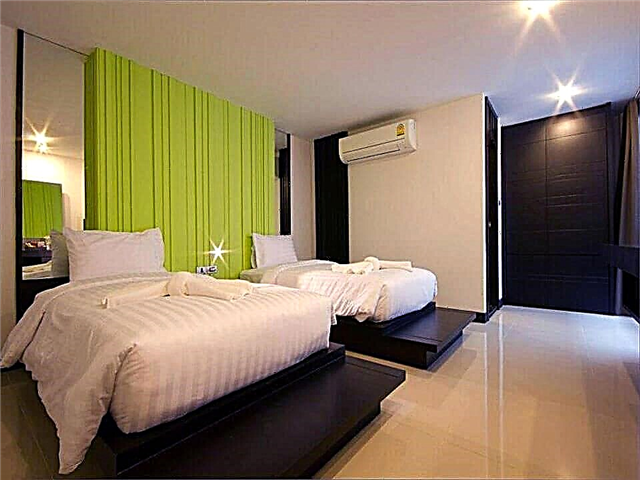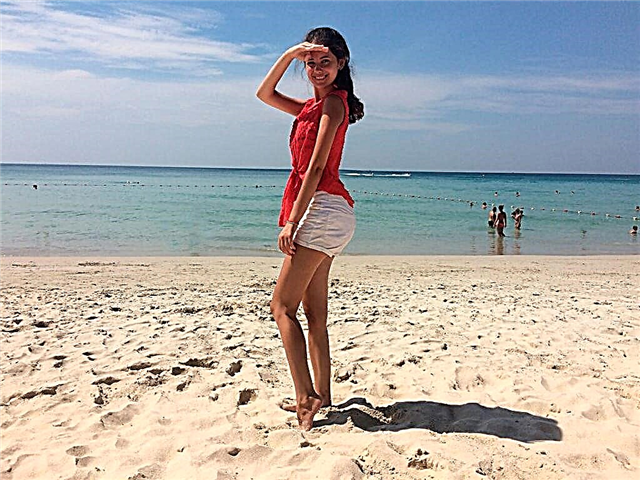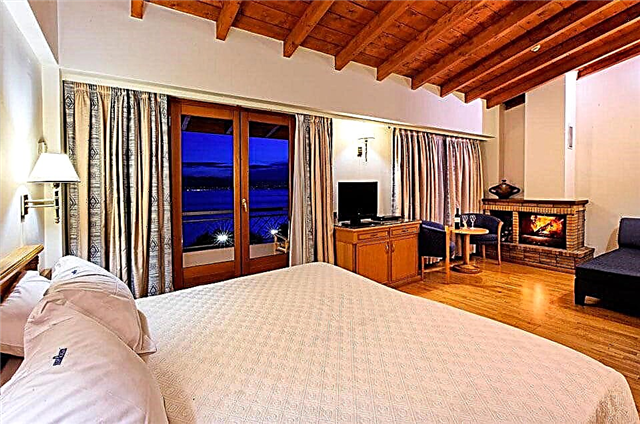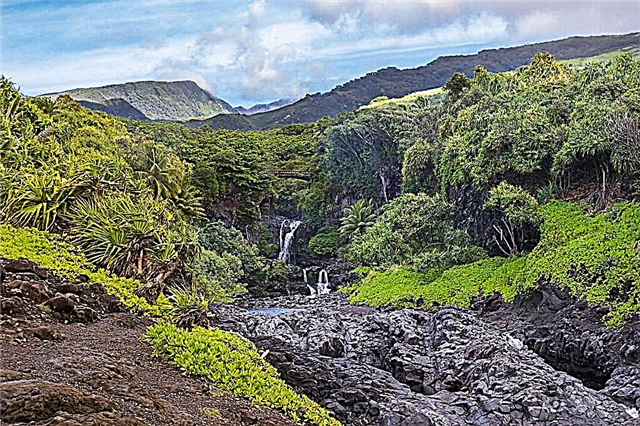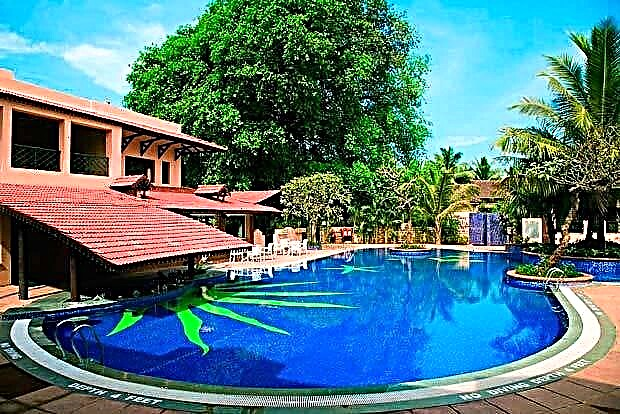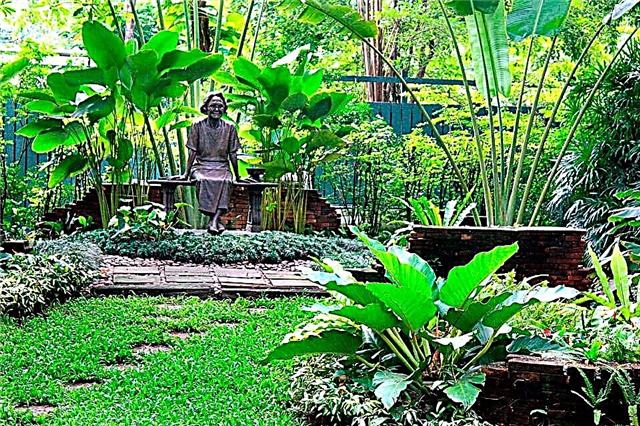When visiting Italy, one cannot but stop by a city called Lucca, located on the Serchio River in the province of Tuscany. It is completely surrounded by a fortress wall, 4.2 km long, built in the 16th-17th centuries. She protected the city not only from enemies, but also from floods, which often threatened to destroy many buildings. The architecture of Lucca is dominated by old buildings, churches and towers. Locals proudly note that it was in Lucca that great composers like Giacomo Puccini and Luigi Boccherini were born. The centuries-old history has left its mark on all spheres of life of the townspeople, so Lucca will be of interest to all tourists who wish to get acquainted with the customs of the country.
The city's attractions
City gate Porta san Pietro

But first things first. The journey begins by entering the city through the Porta san Pietro gate, built in 1565-1566. Previously, only they were open to foreigners who wanted to get to Lucca. The city's layout has remained unchanged since the 3rd century AD, when the Romans ruled here. The city is divided into four parts by two streets, one of which runs from north to south (cardo), and the other from east to west (decumanus). They intersect in the center, and the rest of the streets run parallel to them and divide the entire territory into small squares.
San Michele in Foro square

Piazza San Michele in Foro is located almost in the very center of the city. The church of the same name was erected on it in the XII century, famous for its unique architecture, which has survived to this day. By its shape, the building resembles a huge majestic ship. On the outside of the facade there is a statue of the Archangel Michael.
They say that the hand of the saint is adorned with a ring with real diamonds, which was presented to the church as a gift by a grateful parishioner. Many people wait for the evening hour, when twilight is just beginning to envelop the city, in order to see a bright sparkling dot on the saint's hand. Near the church there is a house that witnessed the birth of the baby Giacomo Puccini, who later became a great composer, whose operas are still admired by the whole world.
Mercy Square

There are many squares in Lucca. As soon as you move away from one, you immediately find yourself on the other. So, not far from San Michele, there is a square called piazza di San Salvatore, which is popularly called the Plaza of Mercy. The church of the same name, erected in the XII century, has strict classical forms.
Market Square

Continuing along Roma Street and then Fallungo, you find yourself on the Market Square, built in the shape of an oval. Crowds of people have always gathered here. But before, people came to gaze at the brave gladiators who fought in the arena of the majestic amphitheater, which previously stood at this place.
This explains the shape of the square and the presence of arched passages through which once animals and people went out to entertain the audience with their bloody fights. The presence of this structure suggests that Lucca was rich enough, since not many even large cities could afford such a luxury.
Basilica of San Fridiano

The Basilica di San Frediano church deserves special attention. The fact is that this is the only religious building erected in the Romanesque style in the period from 1112 to 1147. If you go inside the church, you can see its landmark - the baptismal font, made and installed here in the XII by the architect Roberto.
It has a somewhat irregular geometric shape with biblical subjects inscribed on it from marble. Under the altar is the tomb of the founder of the Church of San Frediano, and a little to the right is the glass coffin of Saint Zita, revered in Italy by the common people and servants.
Clock Tower Torre delle Ore

Leaving the marble vaults of the church, and moving on, you run into the Torre delle Ore Clock Tower. It was the first building in Lucca to have a clock installed in the 14th century. They differed from their modern counterparts in that they did not show the time and did not even have a dial. Their duty was only to notify residents of the approach of midnight.
Guinigi Tower

It is simply impossible to visit Lucca and not see Guinigi, which is one of the symbols of the city of Lucca. The tower is visible from afar and is a masterpiece of architecture. The palace itself is not made in the form of a single stand-alone building, but is a small town. Small buildings decorated with intricate turrets were built for members of the large Guinigi family. The founder of this dynasty ruled Lucca at the beginning of the 15th century.
All tourists are advised to climb this famous tower, where an amazing view of the city and its surroundings opens from a height of 44 meters. This excursion costs only three euros, but the splendor of the panorama that opens up can amaze those who are here for the first time. It is also surprising that centuries-old huge trees grow on the terrace of the tower, among which there are oaks, which are more than five hundred years old.
Cathedral of San Martino

We descend from the Guinigi Tower and move on, because in front of the main church and landmark of the city of Lucca, the Cathedral of San Martino, erected in the VI century, but after that rebuilt several times, and has come down to us in the form that it was given already in the 15th century. He begins to surprise and delight at the entrance. On all sides of the front door, there are images that tell the story of Saint Martin's life. Passing further, the gaze already begins to search inquisitively for a wall drawing depicting the Labyrinth. Ancient writings claim that this is the plan of the very labyrinth through which Theseus passed, led by Aridna's thread.
In the sacristy you can see the sarcophagus in which Paolo Guinigi's wife Ilaria rests. At the time of her death, she was only twenty-six years old, so her grief-stricken husband asked the famous master Jacopo Della Quercia to create a worthy haven for her beautiful young body. And the master created a real masterpiece, putting all his passion and skill into this ingenious creation, which is still admired by millions of people from all over the world.
But Jacopo Della Querch did not stop there and created a magnificent statue of Ion the Baptist for the Cathedral of St. Martin. Further, the attention of visitors will certainly be attracted by the wooden crucifix and the legend that is associated with it. They say that it was carved by Nicodemus from the Lebanese cedar, and the image of Christ was suggested to him by angels. Leaving Lucca, many townspeople take with them a copy of the Volto Santo crucifix, confident that it will protect them from troubles and misfortunes on a long journey.
Napoleon square

At the end of the journey, we find ourselves at Napoleon's piazza Napoleone, so named due to the fact that Napoleon Bonaparte's sister Eliza lived in the palace, which is located on this place, together with her husband. Now the palace is open to numerous guests who can visit the art gallery and the city library, which contains rare old books and manuscripts. Another collection of paintings is located in the adjacent building of the Manzi palace.
As for the time of year, which is better to choose to visit Lucca, there is no single answer. In summer, the city is quite hot and dry, but in winter it is moderately humid and warm.
To get acquainted with the sights of the city in more detail, it would be best to book a city tour. It lasts about three hours, is led by a Russian-speaking guide, and the cost is about 180 euros. This walk includes a visit to the Guinigi Tower, Napoleon Square, Giacomo Puccini's House and other attractions described above.
How to move around the city
Having reached the city by car, it is better to leave your own transport outside the city walls in specially designated parking spaces. Lucca is ideal for walking or cycling.
Residents of the city most often choose city buses, tickets for which can be purchased at any tobacco kiosks. Once at the train station, you can easily reach the center using electric buses.
Prices in cafes and restaurants

Walking around such a wonderful city, one cannot but visit small cozy cafes or restaurants. Lunch in them for one person will cost about 30 euros. Let us add here that a bottle of water with a capacity of 0.33 liters costs about two euros, local beer will cost almost 6 euros for half a liter, and a cup of coffee or cappuccino - 1.5–2 euros.
Of course, in expensive restaurants designed for tourists, these prices are several orders of magnitude higher.
Discover the city of Lucca and you will certainly want to return to it again.
In the city of Lucca, GuruTurizma recommends the following hotels:
B&B Anfiteatro
Lucca
Overlooking the ancient ruins of the Roman amphitheater

Eurostars Toscana
Lucca
Gym, Turkish bath, contrast shower and sauna
Good based on 1,592 reviews

B&B Villa Corte Degli Dei
Lucca
This historic estate features an outdoor summer pool





